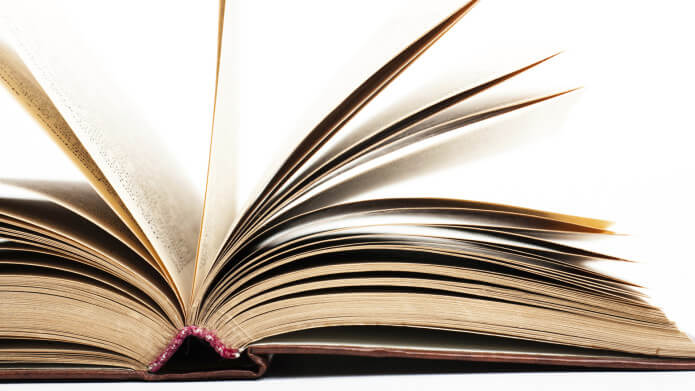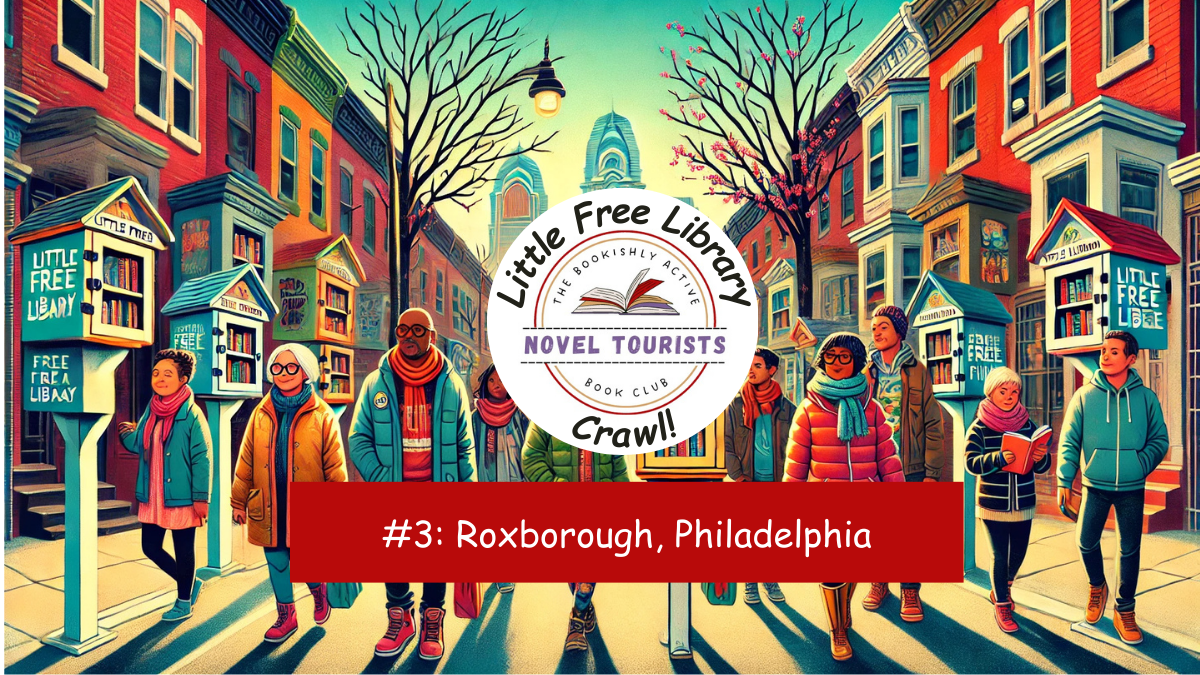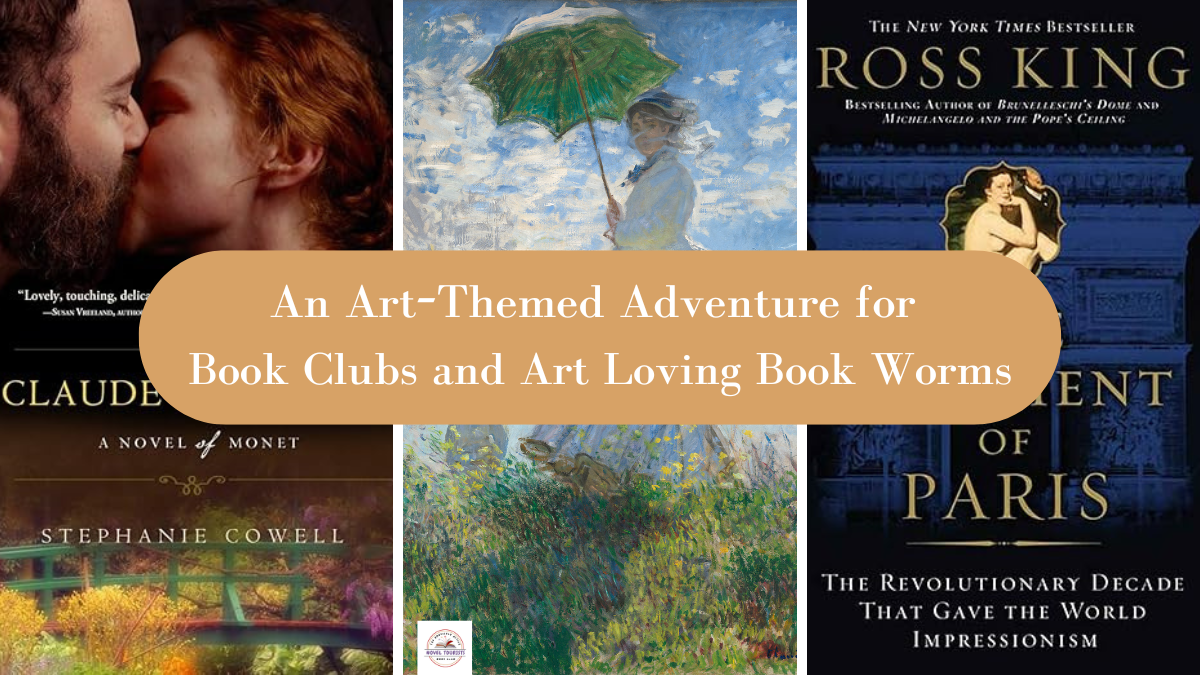A Thanksgiving Food Exploration Inspired by “The Last of the Nomads”
On the eve of Thanksgiving Day many of us readers here in the United States are busy chopping celery and onions, scooping pumpkin into a pie shell or preparing a marinade for the turkey that’s been defrosting in the fridge for the past week. According to history (albeit one heatedly debated by many), the first American Thanksgiving holiday feast dates back to November 1621, when the newly arrived Pilgrims and members of the Wampanoag tribe gathered at Plymouth for a Fall harvest celebration.

Certainly that first Thanksgiving spread was prolific with fare that was native to the area: Wild turkey stuffed with herbs, onions and nuts and local vegetables such as beans, corn, lettuce, spinach, cabbage, carrots and perhaps even a late crop of peas. And the deserts! Oh my! New England is replete with fruits indigenous to the region including plums, grapes, blueberries, gooseberries, and raspberries. Such a bounty of mouth watering morsels to pull from the land!
Such plentiful options do not exist everywhere, though. Take for instance, the harsh landscape of the deserts of Australia, known as the Outback or the Bush. The European people entered those desert lands at their own peril, running the risk that they would perish – and some did. However, the Aboriginal tribes of Australia were able to survive the bush living entirely off the land. Much like Native Americans, they embraced what nature provided and thrived. I recently discovered a book entitled The Last of the Nomads based in the Western Gibson Desert of Australia. It is a true story detailing the expedition to find the last of the Mandildjara tribe of desert nomads to live permanently in the traditional way of living off the land.
Warri and Yatungka of the Mandildjara tribe, who disappeared into the desert after they defied the laws of the tribe that said they could not marry, were still living in the western deserts of Australia long after all the other Aboriginals had abandoned their traditional hunter-gatherer lifestyle. In the 1970s, a rescue mission, which included the author of The Last of the Nomads, was put together after a drought turned the desert from inhospitable to most to inhospitable to even Warri and Yatungka. The Last of the Nomads is a fascinating read that gives a solid insight into the nomadic lifestyle led by the indigenous people of the Australian desert.
Most readers, if dropped off in the Gibson, naked, with a spear and boomerang, would be dead in a day or three. Water is extremely scarce. For the paleface colonizers, the desert is dangerous, miserable, a land of horrors. For Aborigines, it was home sweet home, where they belonged, a sacred place. They had an intimate understanding of the land, and learned how to live in balance with it.
–Richard Reese, Goodreads review
For just a minute or so, let’s step aside from basting that store bought Thanksgiving turkey and take a food adventure inspired by The Last of the Nomads. Shall we take a gander at one of the delicacies the aboriginal people of Australia pull from the land and dine upon?
The Typical Grub in the Outback
The typical grub eaten in the Australia Outback is not so typical. Oh, and by grub, I meant food. But, little did I know, a grub is actually a common delicacy among the Australian aboriginals. Yep, you read me right…a grub. A Witchetty grub, to be precise.

The larvae of a cossid moth, the Witchetty grub lives in the root of the Witchetty bush in the Australian Outback. The grub can be barbecued over a fire or eaten raw. CNN Travel refers to the Witchetty grub as a “time-honored, nutritious snack.” One adventurous traveler, Alyse Smith, summed up her dining experience like this:
To eat them raw, you hold them up, dangling them from the head into your mouth. You bite all but the head off, tossing it away. Then you chew and chew until all that is left in your mouth is the rubbery skin, which you also throw away.
When I was in the Outback, I had the pleasure of trying one. A couple of my companions tried them too, and we all agreed that they taste like oddly textured scrambled eggs.
Their skin is cold to the touch and when they are cut, red and yellow guts spill from their sides.
I can’t. I just can’t even. Luckily, the Witchetty grub is not the only option to experience some authentic bush tucker. If you don’t like the Witchetty grub, you could always opt to scoop up some Goanna. I think Thanksgiving would be some much more interesting with stuffed Monitor Lizard, don’t you? All kidding aside, I am seriously impressed by people and peoples who can live off the land. I have no doubt that Warri and Yatunga would be fully appalled by today’s processed diets.
Want a Real Life “Last of the Nomads” Inspired Aboriginal Experience?
If you are really adventurous you could take your next vacation exploring, first hand, just where Warri and Yatunga survived for years in the Outback. Australia.com details several tour options available to persons looking for an aboriginal experience in Australia.

However, if tales of love and survival interest you, but you want to learn more about how to survive off the land in the Australian Outback without actually going there, you definitely want to check out The Last of the Nomads by W.J. Peasly.
I’m going back to basting my turkey now! Happy Thanksgiving! Enjoy whatever grub ends up on your table!
Recommended Reading: Last of the Nomads
The Last of the Nomads is the story of Warri and Yatungka, the last of the Mandildjara people to remain in their country – the Western Gibson Desert region of Western Australia. After many years of drought – the worst this century – the Mandildjara held grave fears for the safety of Warri and Yatungka. Their chances of survival under such adverse conditions and without the support of younger tribesmen and women were extremely remote. So, at the request of the Aboriginal elders and with the guidance of Mudjon, an old friend of Warri’s, Dr Peasley and his companions set out in search of the elderly couple. Thus began an extraordinary journey, a journey into the past to locate a man and woman pursuing a nomadic existence, as their people had done since the dawn of human occupation of Australia. W J Peasley’s account of the events of that journey, his description of the country and of the emotional meeting in the desert are fascinating, thoughtful and, at times, extremely moving. The Last of the Nomads also provides an informative account of earlier Aboriginal habitation and the significance of the country to Aboriginal identity. A brief history of Wiluna, the famous Canning Stock Route and early European exploration, and an appreciation of Aboriginal-European relations help make this an important and absorbing book.






